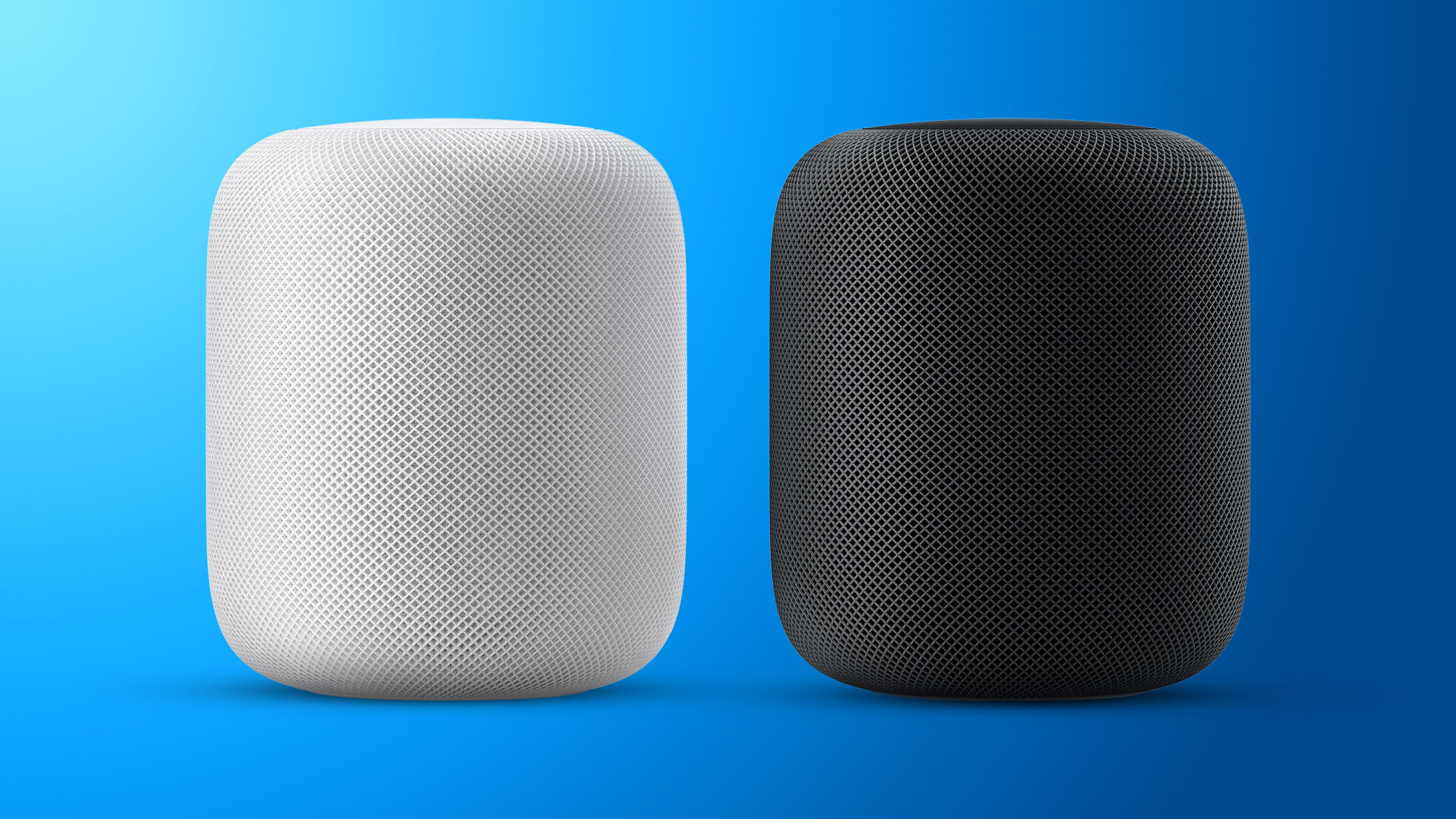
The products appeared on Apple's vintage and obsolete products list earlier today. Products are considered vintage when Apple stopped distributing them for sale more than five and less than seven years ago. Apple Stores and Apple Authorized Service Providers continue to offer repairs for vintage products for up to two more years, subject to parts availability.
The iPhone X, announced on September 12, 2017 and released on November 3, 2017, represented a significant leap forward in Apple's smartphone design and feature-set. Marking the 10th anniversary of the iPhone, it introduced several significant changes such as the removal of the home button, allowing for an edge-to-edge 5.8-inch Super Retina OLED display. Face ID, a facial recognition system, replaced Touch ID for authentication, utilizing a TrueDepth camera system in a "notch" that also enabled Animojis. The iPhone X was powered by the A11 Bionic chip, featuring the company's first dedicated Neural Engine for enhanced machine learning capabilities, and it supported wireless charging for the first time. Its stainless steel frame and glass back design marked a return to a more premium aesthetic.
The original HomePod was announced on June 5, 2017, at the Worldwide Developers Conference (WWDC) and released on February 9, 2018. Initially priced at $349, the HomePod was designed to deliver high-quality audio and integrate closely with Apple's ecosystem, including Apple Music and AirPlay. It featured a custom-engineered high-excursion woofer and an array of seven beamforming tweeters. The HomePod was powered by the Apple A8 chip, enabling real-time acoustic modeling, audio beamforming, and multi-channel echo cancellation. Siri came built-in, allowing users to control music playback, manage smart home devices, and access information and services via voice commands.
Apple announced the original AirPods on September 7, 2016 and officially released them on December 13, 2016, with a retail price of $159. The wireless earbuds were groundbreaking due to their seamless integration with Apple's ecosystem, facilitated by the custom-designed W1 chip. The chip enabled effortless pairing with Apple devices, long battery life, and efficient wireless connectivity. The AirPods also featured optical sensors and motion accelerometers, allowing them to detect when they were in the user's ears, automatically pausing playback when removed. Their unusual, compact design, combined with the convenience of a portable charging case, set a new standard for wireless earphones, making them highly popular and influential in the audio accessory market.
Sometime after becoming "vintage," an Apple product will be reclassified as "obsolete." Apple says it considers a product obsolete once seven years have passed since the company last distributed it for sale. When this happens, Apple Stores and Apple Authorized Service Providers no longer offer repairs or other hardware service for it.
Buyer's Guide: AirPods (Don't Buy), HomePod (Buy Now)
This article, "Apple Reclassifies iPhone X, HomePod, and Original AirPods as 'Vintage'" first appeared on MacRumors.com
Discuss this article in our forums








 English (US) ·
English (US) ·